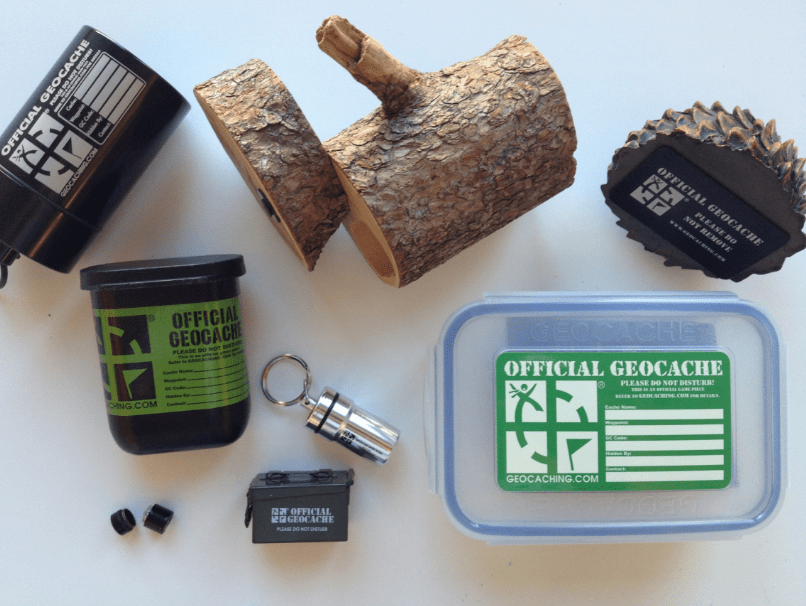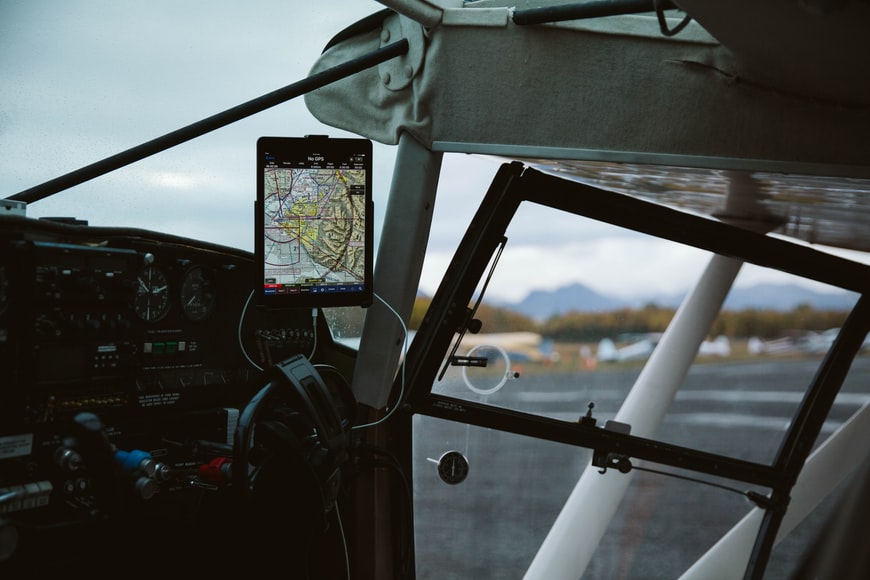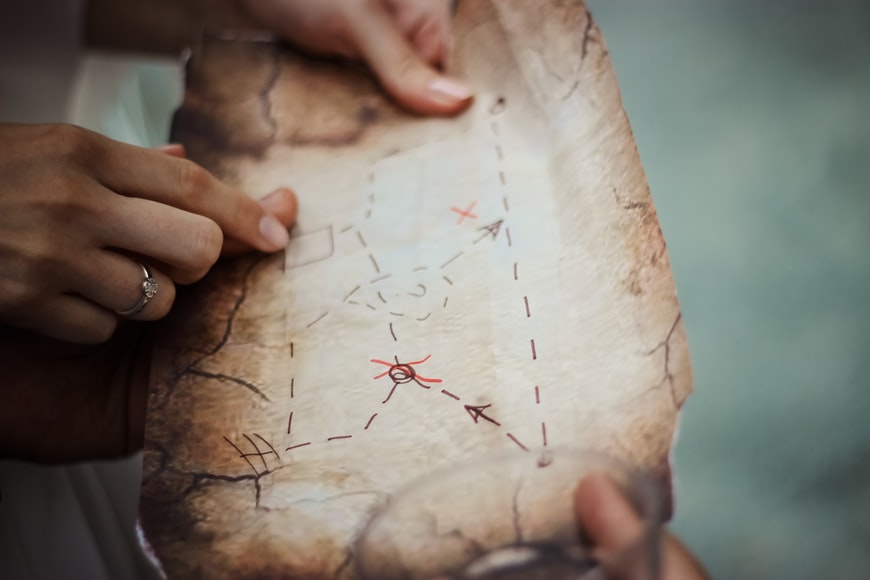Have you ever fantasized about searching for a lost treasure? Geocaching allows thousands of individuals all around the globe to do precisely that. Geocachers explore fascinating areas in search of riches concealed by other players.
Geocaching is a treasure-hunting hobby that involves using GPS-enabled gadgets in the outdoors. It can also be of great use to the public.
Geocachers frequently seek out benchmarks, which are part of the National Spatial Reference System (NSRS), which serves as the foundation for mapping and surveying in the United States. The NSRS is defined and maintained by NOAA’s National Geodetic Survey (NGS). NGS and its predecessor organizations have worked with surveyors in both the public and commercial sectors to install benchmarks around the country for more than 200 years. From the 1920s through the 1980s, over 1.5 million of these were out there!
Geocaching Details
| Category: Collection, Nature, Outdoors, Social, Traveling | Time: 2+ hrs | Skill: Some |
| Initial Cost: Free | Space: little | People: alone, small |
| Long-Term Cost: Low | Makes Money: No | Location: outdoor |
Who can do geocaching?
Geocaching is becoming a more widespread, inclusive, enjoyable, and healthy hobby for people of all ages. It’s also ideal for working as a team in groups like families, friends, schools, and organizations. In addition, the sport mixes technology with adventure and nature, a combination that some thought was impossible to achieve. The sport’s fundamental concept is to use a handheld GPS receiver to direct you to a location where a hidden container or cache is located. Once you’ve discovered it, you may record your visit in the accompanying logbook and exchange one of the numerous gifts for one of your own.
How did it start?
Let’s look at the history of geocaching to see what it’s all about. The US government ended Selective Availability, a technique of reducing public accessible GPS signals, in 2000. The GPS added random faults in signals for commercial receivers as part of this endeavor, making it difficult to determine your position properly — your reading might be off by up to 300 feet. The program’s goal was to give the US military a leg up on the competition for GPS technology. On the other hand, Selective Availability became useless when the army discovered technology that allowed them to scramble GPS signals over sensitive locations. Once it was turned off, anyone with a commercial GPS receiver could establish their site with considerably better precision. You can generally identify your location within a range of 6 to 20 feet these days. Geocaching is made possible by the improvement in terms of accuracy.
How to get started?
First, sign up on geocaching.com or download the official app. Both are free and allow you to view geocache coordinates near your house or wherever you are traveling. After that, pick a geocache to look for. Many are situated in parks or along trails, allowing for plenty of outdoor exercises. They can also be found on city roadways, as well as public and private land. Navigate to the coordinates using the Geocaching app or a portable GPS tracker. Look for the box. Geocache containers come in different forms and sizes. They may be anything, but they’re often tiny, weatherproof metal, wood, or plastic boxes. A disguised Altoids tin, a container of mixed nuts, or an ammunition box might all be found. The stash will be hidden in a secure, non-intrusive location but not buried. There is generally a logbook or sheet inside the box when you locate it so that you can keep track of your visit. There may also be tiny treasures in the box, which you may exchange for if you bring anything to offer. Ensure that the prize you remove is replaced with something of equal or better worth. Lastly, make sure to return the geocache to its original location continually.
Costs of Geocaching
They range in price from $100 to $600 and more. Thus, you should be able to purchase a suitable geocaching device for $250 or less to get started. The portable GPS used for geocaching is not to be confused with the navigation GPSrs used in automobiles. As of autumn 2013, a few navigators are starting to acquire geocaching capability, but you’ll still require a handheld for now.
Geocachers Etiquette
When it comes to their caches, veteran geocachers have created a code of honor. These might include basic civility and common-sense standards. For example, never take a reward or treasure from a stash without leaving you behind. Also, because geocaching attracts many youngsters, never leave profane or violent content or any harmful things such as drugs, knives, or other sharp objects.
Always return the cache to its original location. Do not utilize the container to create a new cache elsewhere. This implies that the following individual who uses the same information as you will end up nowhere. That’s been an awful experience!
Conclusion
If you’re searching for an adventure during your outdoor activities, geocaching is a wonderful option.
Geocaching is a fantastic way to be active and have fun, whether you’re with your family, spouse, or on your lonesome. Geocaching may be used to explore new areas or as a fun pastime when camping or trekking with friends and family. If geocaching isn’t yet available in your region, you may be the first to offer it, helping to spread the pastime further.
Physical activity is beneficial, but there are times when you want mental stimulation as well. If this describes you, you should undoubtedly try geocaching. The best thing is that you are not required to have any prior geocaching expertise to enjoy it.


